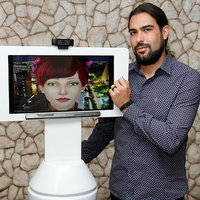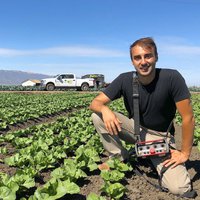Artificial intelligence & robotics
Qifeng Chen
He is creating AI Artists that create Visual Contents and Effects

Latin America
Antonio Henrique Dianin
His telepresence robot inspired by “The Big Bang Theory” helps health personnel to assist their patients

China
Nan Li
Novel scheme for urban resilience management with integrated system modeling approaches and big data analytics

Global
Jonas Cleveland
Helping create the shopping robots of the near future.

Europe
Sébastien Boyer
His autonomous robots increase agricultural productivity and make it more sustainable by banishing the use of herbicides
